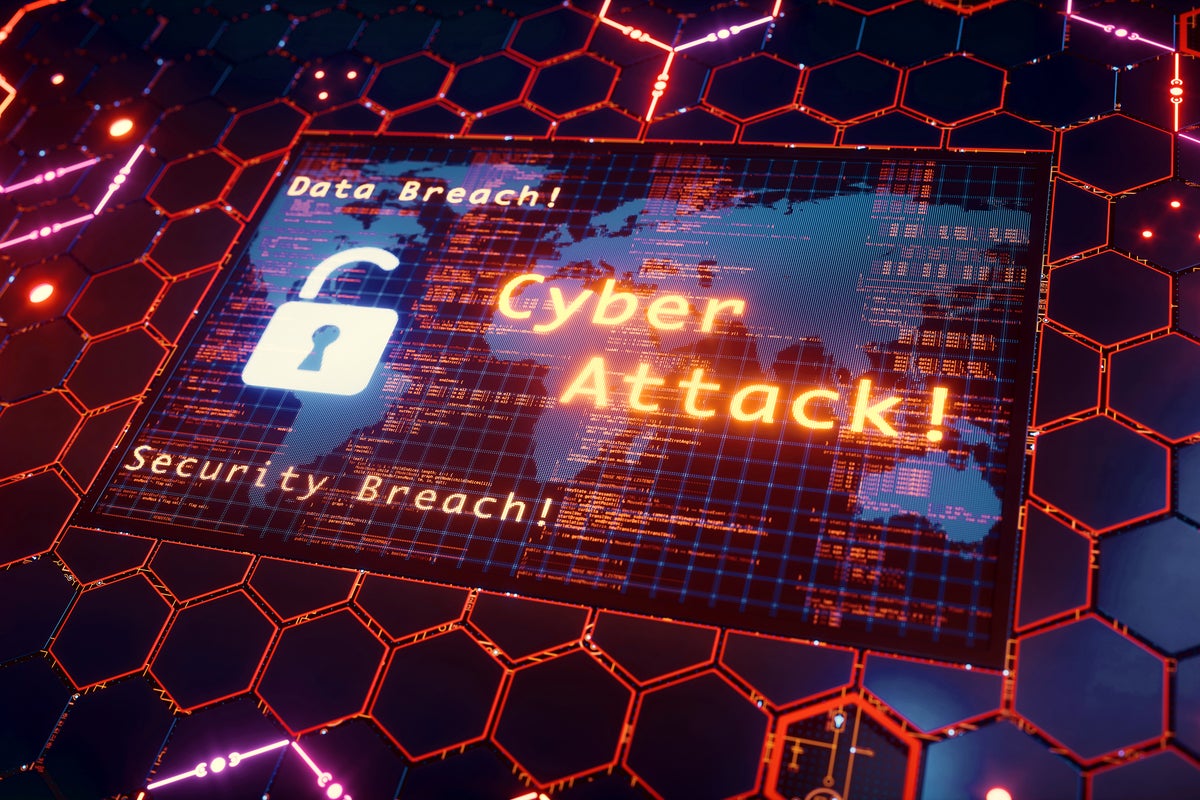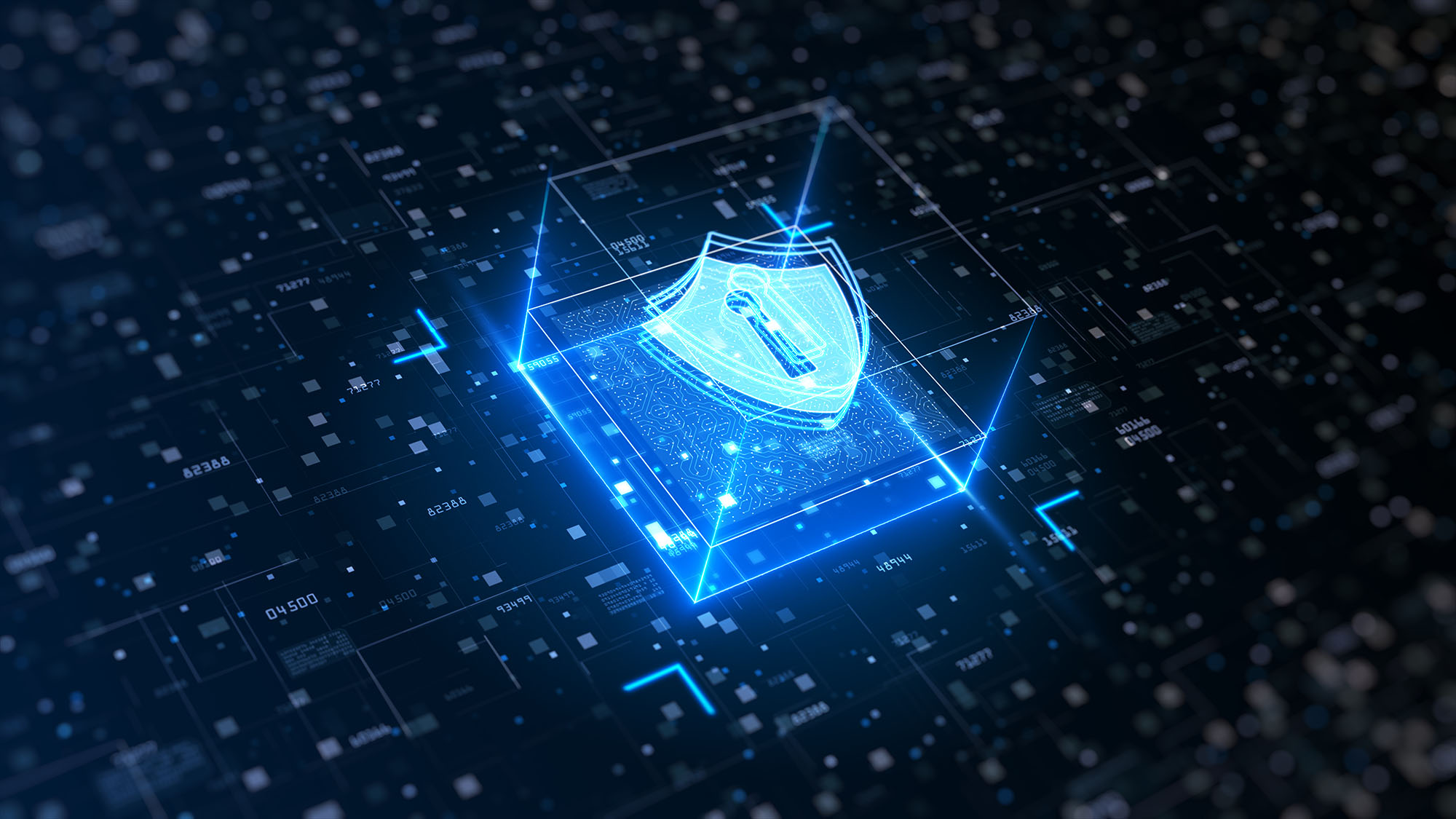GhostWatch Named Winner of the Coveted Global InfoSec Awards during RSA Conference 2022
GhostWatch Wins “Editor’s Choice in Managed Security Service Provider (MSSP)”IN 10th Annual Global InfoSec Awards at #RSAC 2022
SAN FRANCISCO (BUSINESSWIRE) JUNE 6, 2022 – GhostWatch is proud to announce we have won the following award from Cyber Defense Magazine (CDM), the industry’s leading electronic information security magazine:
“Editor’s Choice in Managed Security Service Provider (MSSP)”
“We’re thrilled to receive one of the most prestigious and coveted cybersecurity awards in the world from Cyber Defense Magazine, during their 10th anniversary as an independent cybersecurity news and information provider. We knew the competition would be tough and with top judges who are leading infosec experts from around the globe, we couldn’t be more pleased,” said Trevor Horwitz CISO of GhostWatch.

We scoured the globe looking for cybersecurity innovators that could make a huge difference and potentially help turn the tide against the exponential growth in cyber crime. GhostWatch is absolutely worthy of this coveted award and consideration for deployment in your environment,” said Yan Ross, Editor of Cyber Defense Magazine.
About GhostWatch
GhostWatch, a TrustNet Company, has helped clients secure their information systems for almost two decades. As a leading provider of managed security, GhostWatch serves clients across multiple industries, in the United States, and around the world.
About CDM InfoSec Awards
This is Cyber Defense Magazine’s tenth year of honoring InfoSec innovators from around the Globe. Our submission requirements are for any startup, early stage, later stage, or public companies in the INFORMATION SECURITY (INFOSEC) space who believe they have a unique and compelling value proposition for their product or service. Learn more at www.cyberdefenseawards.com
About the Judging
The judges are CISSP, FMDHS, CEH, certified security professionals who voted based on their independent review of the company submitted materials on the website of each submission including but not limited to data sheets, white papers, product literature and other market variables. CDM has a flexible philosophy to find more innovative players with new and unique technologies, than the one with the most customers or money in the bank. CDM is always asking “What’s Next?” so we are looking for best of breed, next-generation InfoSec solutions.
About Cyber Defense Magazine
Cyber Defense Magazine is the premier source of cyber security news and information for InfoSec professions in business and government. We are managed and published by and for ethical, honest, passionate information security professionals. Our mission is to share cutting-edge knowledge, real-world stories and awards on the best ideas, products and services in the information technology industry. We deliver electronic magazines every month online for free, and special editions exclusively for the RSA Conferences. CDM is a proud member of the Cyber Defense Media Group. Learn more about us at https://www.cyberdefensemagazine.com and visit https://www.cyberdefensetv.com and https://www.cyberdefenseradio.com to see and hear some of the most informative interviews of many of these winning company executives. Join a webinar at https://www.cyberdefensewebinars.com and realize that infosec knowledge is power.
















